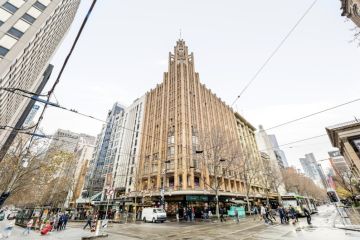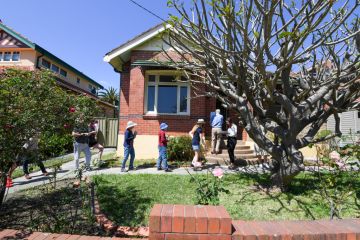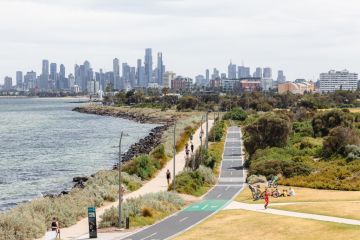The Roast: Coffee expertise is filtering down to everyday latte addicts

Melbourne roasteries such as Proud Mary are helping coffee lovers take their knowledge to the next level, without expensive or lengthy training courses.
The group’s coffee bar, Aunty Peg’s, draws inspiration from the traditional cellar door of wineries and is designed to help bridge the gap between consumers and farmers.
Visitors can watch the roastery in action, sample coffee straight from the producer and learn a little more about the origins of their caffeine kick.
While most roasters and baristas would be quick to assert that it’s not quite as simple as reading a bean’s origin and roast style to predict its flavour profile, there are a few handy phrases the casual drinker can throw into a conversation to sound a little more knowledgeable and to know what to expect in their cup.
ROAST STYLE
According to Jo Watson of the Bureaux Collective (a co-working roasting space in Melbourne), espresso coffee is roasted darker and richer, so that it can cut through milk.
“Your lattes, cappuccinos and flat whites will all be made on an espresso machine,” Watson says. “With espresso, the aim is to create a full body flavour, so the coffee is roasted for longer.”
On the other hand, filter roasts tend to be lighter in style.
“It’s a more tea-like beverage,” she explains. “The coffee is roasted less, which means that the flavour is more delicate than espresso.”
SINGLE ORIGIN OR BLEND?
For espresso, baristas will commonly use a blend of two or more coffees from different locations.
Spaces such as the Bureaux Collective are allowing even the smallest of cafes to create their own coffee blends. By leasing roastery space, cafes have more control in creating blends that allow each component to reach its potential.

“A good blend will often have fudgy, caramel and chocolate flavours that go nicely with sweet milk,” Proud Mary’s Lisa Feeley says.
Single origin coffees naturally are sourced from one location. “The motivation of the specialty coffee movement is to work directly with the farmer,” Feeley says, noting that all of Proud Mary’s products come from individual farmers, served to highlight the fresh flavours that can be found in that particular coffee.
Feeley explains that, like wine, coffee has beautiful, soft flavour profiles, and the best way to taste these individual flavours is to enjoy a single origin coffee through a filter method.
GEOGRAPHIC LOCATION
While the taste of a coffee is never solely determined by its place of origin, certain flavours can be expected from beans from that general area.
For example, because of its phosphorous volcanic soil, a coffee from Kenya will often feature dark, fruity aromas.
“Kenyan coffees are known for their blackcurrant flavour,” Feeley says.
“It is like drinking Ribena or cola.”
Other common profiles to be alert to include floral Ethiopian coffees – which will often taste of berries and other sweet fruits – and citrus flavours in a Colombian bean.
Feeley says those who are new to disseminating the specialties should try Colombian-style coffees, which are generally more accessible, with less intense fruit flavours. Based on what is in season, Feeley expects to see a fair bit of Colombian, Ethiopian, Kenyan and Brazilian coffees making their way into Australian roasteries and cafes in the coming months.
We recommend
We thought you might like
States
Capital Cities
Capital Cities - Rentals
Popular Areas
Allhomes
More







